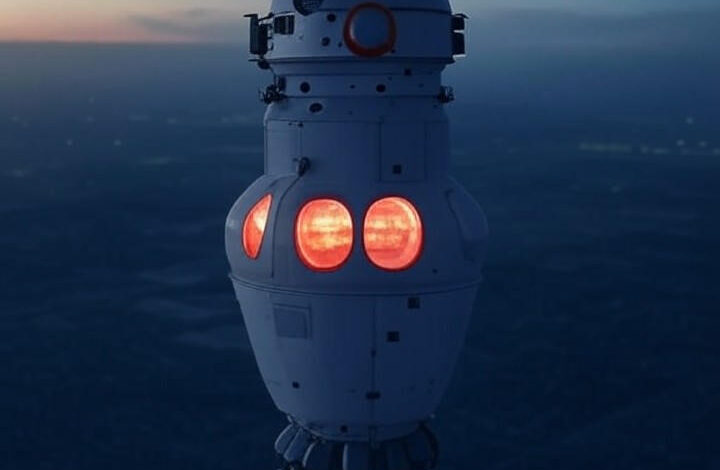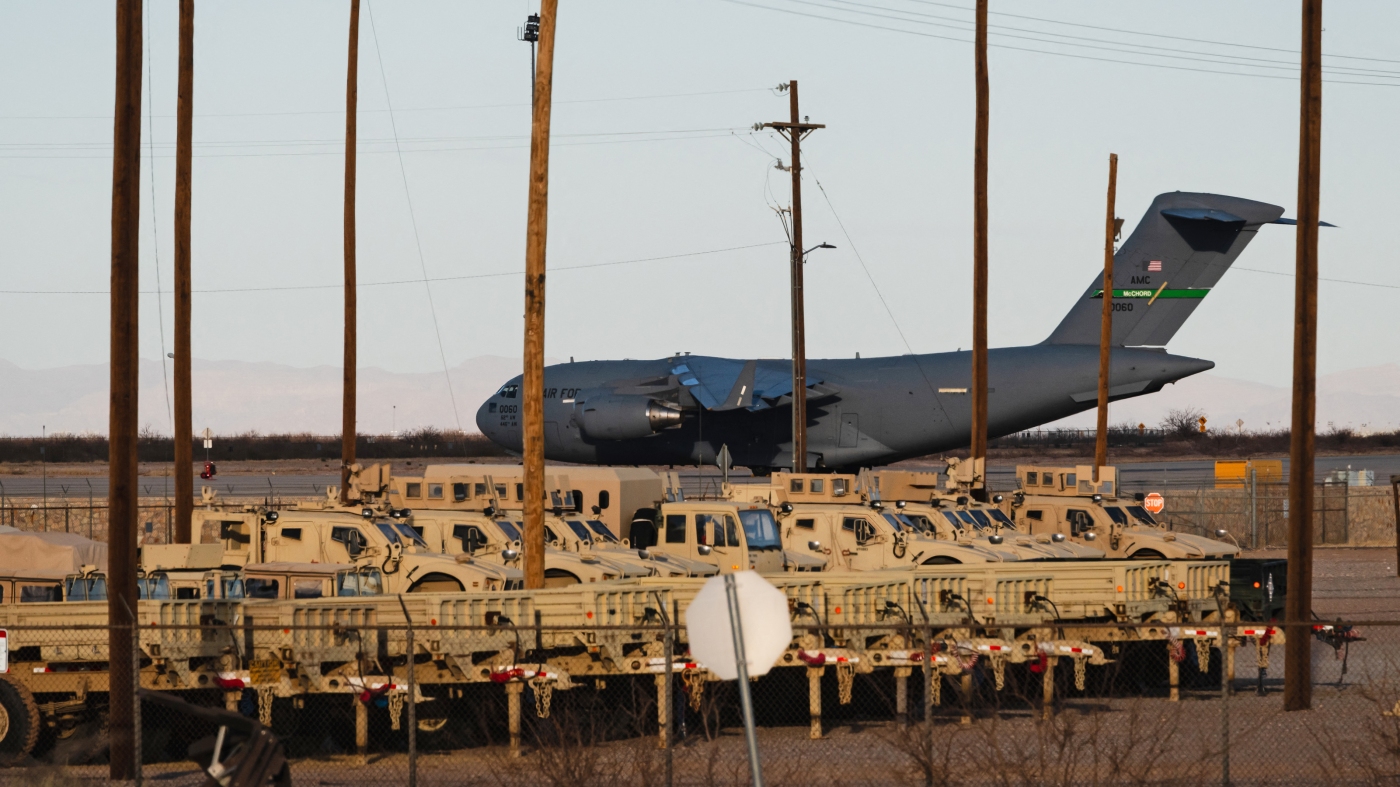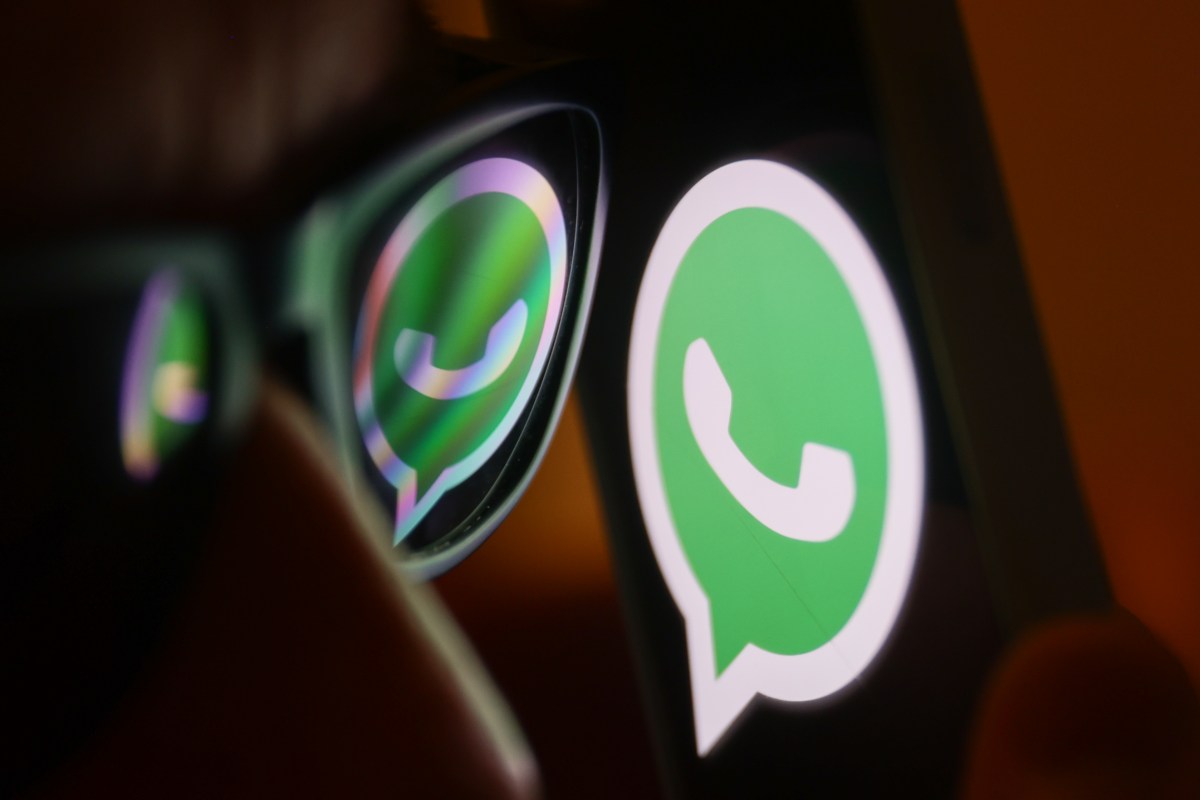Space Debris Delays Chinese Astronauts’ Return by 9 Days

UPDATE: Three Chinese astronauts returned safely to Earth today after a dramatic nine-day delay caused by potential damage from space debris. This incident, which unfolded aboard the Tiangong space station, raises urgent concerns about the safety of space exploration as the risks of orbital debris increase.
On November 14, 2025, the astronauts—Chen Dong, Chen Zhongrui, and Wang Jie—landed in Inner Mongolia after an extended mission initially set to conclude on November 5. Inspections revealed tiny cracks in their Shenzhou-20 capsule’s window, likely caused by an impact with high-speed space debris, prompting a last-minute switch to the newly arrived Shenzhou-21.
The Chinese Manned Space Agency confirmed that the cracks compromised the capsule’s re-entry capabilities, stating, “The original return plan was scrapped because a window in the Shenzhou-20 capsule had tiny cracks.” The astronauts remained in orbit for an additional nine days to ensure a smooth transition with their replacements and to complete vital mission tasks.
This incident marks a significant operational disruption in manned spaceflight history, highlighting the escalating threat of space debris. Recent estimates suggest there are over 36,000 pieces of debris larger than 10 centimeters in orbit, with millions of smaller fragments posing a catastrophic risk to spacecraft.
China’s swift response included transferring the astronauts to the Shenzhou-21 capsule, which had only recently delivered a new crew. Experts commend China’s contingency planning, noting that the Tiangong station’s life support systems allowed for a safe and extended stay without health issues reported among the crew.
Upon re-entry, the astronauts were reported in good condition and underwent standard medical evaluations. Chen Dong, a veteran astronaut, remarked, “We remained focused on our tasks and trusted the ground team’s assessments.” While the delay was tense, it allowed for valuable scientific experiments, including microgravity research.
This incident has ignited calls for international cooperation to address space debris. Global agencies, including NASA and the European Space Agency, have long warned about the Kessler Syndrome, where increasing debris density leads to cascading collisions. With the ISS performing over 30 debris avoidance maneuvers since 1999, the urgency to develop sustainable practices has never been more pressing.
Industry insiders view this event as a wake-up call. “It’s a warning from orbit: humanity has turned the sky into a landfill,” stated an industry expert. Analysts are advocating for the development of active debris removal technologies, such as nets or lasers, to combat this growing threat.
China’s space program remains undeterred by this setback, with plans for continued expansion of the Tiangong station and aspirations for a lunar base by 2030. The agency is implementing enhanced monitoring and shielding for future missions, recognizing the importance of proactive debris management.
Emerging technologies, such as AI-driven tracking systems and self-healing materials for spacecraft, are on the horizon. Companies like Astroscale are actively testing debris-capture missions, pushing for global agreements to limit new debris generation.
As space becomes increasingly crowded, incidents like this highlight the fragility of human presence beyond Earth. The financial impact of such delays is substantial, with estimated costs reaching into the millions. Strategically, this incident enhances China’s narrative of resilience in manned spaceflight, positioning it alongside NASA and Roscosmos.
The astronauts’ safe return not only averts a potential crisis but also provides critical data on debris impacts that will inform future mission designs. As the space community reflects on this close call, there is hope that it accelerates efforts to protect the final frontier, ensuring safety for all spacefarers.






